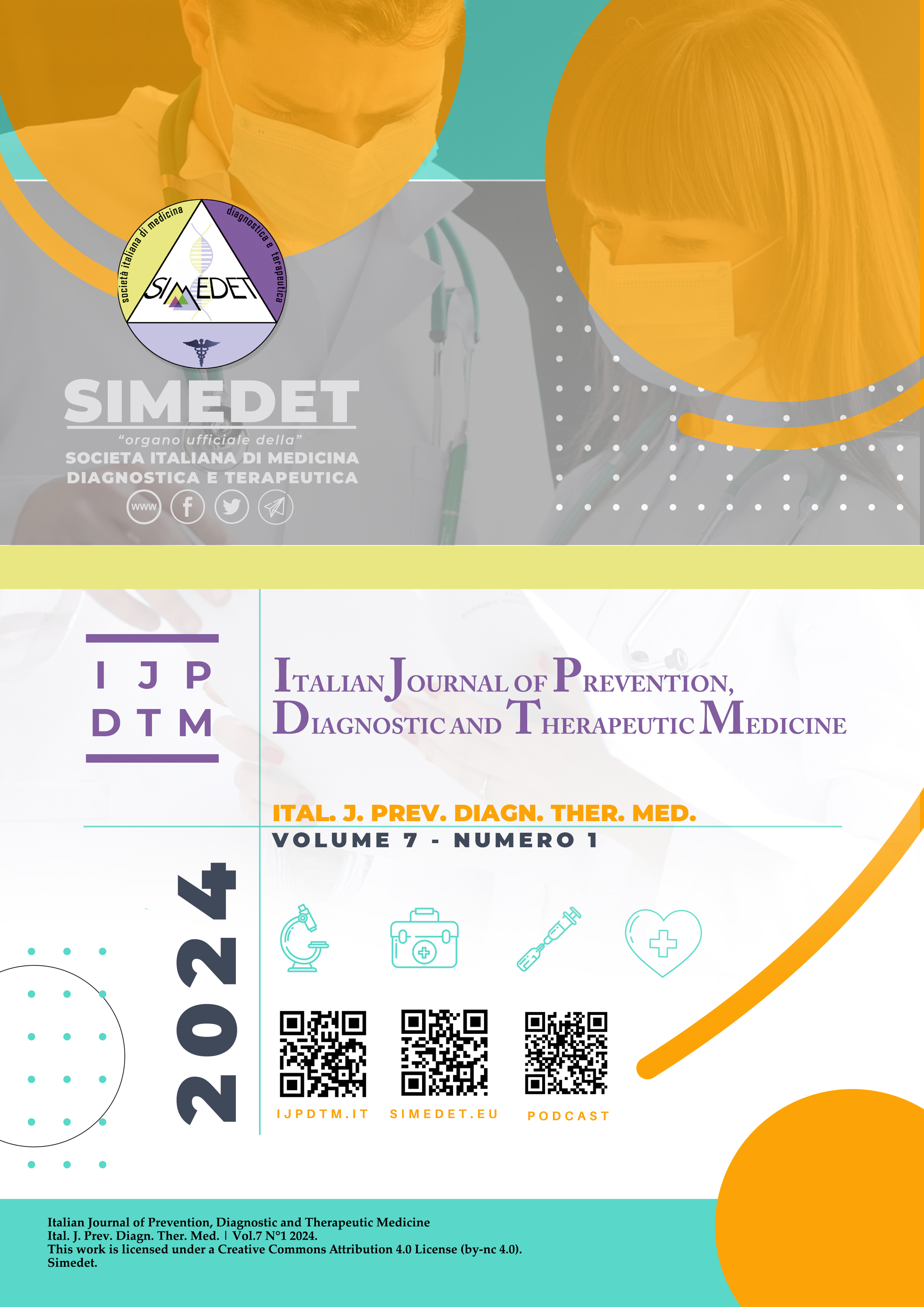L' occhio cieco della mente: afantasia
Contenuto principale dell'articolo
Abstract
L’ afantasia, condizione, di grado variabile, di limitazione della capacità di immaginazione visiva, è stata così denominate da A. Zeman, Exeter University, che
l’ha studiata e ne ha diffuso la nozione. Questo articolo ne ricostruisce la storia, da fine ‘800 a oggi, presenta un metodo disponibile di misurazione, ne discute la relazione con i disturbi psicopatologici, concludendo, come generalmente accettato, che l’afantasia non è un disturbo psicopatologico, ma una condizione individuale.
Downloads
Dettagli dell'articolo

Questo lavoro è fornito con la licenza Creative Commons Attribuzione - Non commerciale 4.0 Internazionale.
Riferimenti bibliografici
Galton F. Statistics of Mental Imagery. Mind, 5 (19): 301-318,1880 doi: 10.1093/mind/os-v.19.301
Zeman A., Dewar M., Della Sala S. Lives Without Imagery. Congenital Aphantasia. Cortex 23(Dec):378-380,2015 https://www.sciencedirect.com/science/articlepii/S0010945215001781
Charcot J.M., Bernard D., Un cas de suppression brusque et isolée de la vision mentale des signes et des objets (formes et coleurs). Le Progrés Medical, 11,568-571, 1883
Brain, R. Loss of visualization. Proceedings of the Royal Society of Medicine, 47, 288-290, 1954
Bartolomeo, P. The relationship between visual perception and visual mental imagery. A reappraisal of the neuropsychological evidence. Cortex, 38 (3), 357-378,2002
Blomkvist A., Marks D.F., Defining and “diagnosing” aphantasia: Condition or individual difference? Cortex, published online doi: org/10.1016/j.cortex.2023.09.004
de Vito S., Bartolomeo,P. Refusing to imaging? On the possibility of psychogenic aphantasia. A commentary on Zeman et al. Cortex ,74, 334-335,2015 doi: org/10.1016/j.cortex.2015.06.016
Marks D.F. New directions for mental imagery research. Journal of Mental Imagery, 19 (3-4), 153-167, 1995
Zeman A. Quando la mente è oscura, fare arte è un modo emozionante di vedere. https://psiche.co/ideas/when-the-mind-is-dark-making-art-is-a thrilling-way-to-see (2021)
Greenberg D.L., Knowlton B.J. The role of visual imagery in autobiographical memory. Memory and Cognition 42(6), 922-934, 2014 doi: org/10.3758/s13421-014-0402-5
Giancotti M. La mia mente non vede nulla. Internazionale 1541(31): 56-60, 2023
Marks D.F. Visual imagery differences in the recall of pictures. British Journal of Psychology, 64(1), 17-24,1973 doi: org/10.1111/j.2044-8295.1973.tb01322.x
Zeman A., Dewar M., Della Sala S. Lives Without Imagery. Congenital Aphantasia. Cortex 23(Dec):378-380,2015 https://www.sciencedirect.com/science/articlepii/S0010945215001781
Solomon Z.,Horesh D.,Ein-Dor T. The longitudinal course of posttraumatic stress disorder sympton clusters among veterans. J. Clin.Psychiatry 70’ 837-843, 2009 doi: 10.4088/ICP.08m04347,PMID
WeblauC., Steil R. Visual mental imagery in psychopathology-implications for the maintenance and treatment of depression. Clin. Psychol.Rev.34, 273-281,2014 doi: 10.1016/j.cpr.2014.03.001,PMID
Hirsch C., Clark D., Matthews D., William R. Self-images play a causal role in social phobia. Behav.Res. Ther. 41, 909-921 (2003) doi: 10.1016/S0005-7967(02)00103-1,PMID
O’Donnell C., Di Simplicio M., Brown R., Holmes E., Burnet Heyes S. The role of mental imagery in mood amplification. Cortex 105, 104-117, 2018 doi: 10.1016/j.cortex.2017.08.010.PMID
Dawes A., Keogh R.,Andrillon T., Pearson J. A cognitive profile of multi-sensory imagery, memory and dreaming in Aphantasia. Sci.Rep.10:10022 (2020) doi: 10.1038/s41598-020-65705-7, PMID
Cavedon-Taylor D. Aphantasia and psychological disorder : Current connections, defining the imagery deficit and future directions. Front Psychol 13:822989 (2022) doi: 103389/fpsyg,2022.822989

